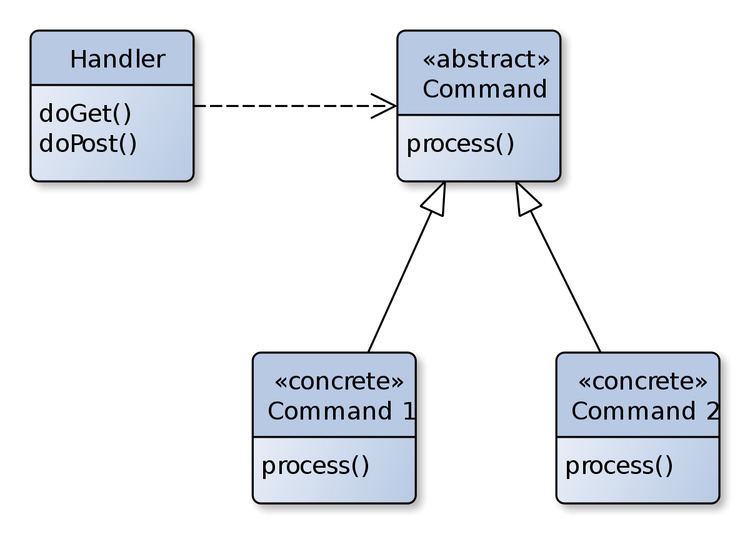 | ||
The front controller software design pattern is listed in several pattern catalogs and related to the design of Web applications. It is "a controller that handles all requests for a Web site", which is a useful structure for Web application developers to achieve the flexibility and reuse without code redundancy.
Contents
Instruction
Front controllers are often used in Web applications to implement workflows. While not strictly required, it is much easier to control navigation across a set of related pages (for instance, multiple pages used in an online purchase) from a front controller than it is to make the individual pages responsible for navigation.
The front controller may be implemented as a Java object, or as a script in a script language like PHP, Python or Ruby that is called on every request of a Web session. This script, for example an index.php, would handle all tasks that are common to the application or the framework, such as session handling, caching, and input filtering. Based on the specific request, it would then instantiate further objects and call methods to handle the particular task(s) required.
The alternative to a front controller would be individual scripts like login.php and order.php that would each then satisfy the type of request. Each script would have to duplicate code or objects that are common to all tasks. However, each script might also have more flexibility to implement the particular task required.
Examples
Several Web-tier application frameworks implement the front controller pattern, among them:
Implementation
To better understand front controller pattern, there is an example to implement front controller in Java. It can be defined in 3 components:
- XML Mapping: files that map requests to the class that will handle the request processing.
- Request Processor: used for dealing with the request processing (and modifying or retrieving the appropriate model).
- Flow Manager: first get the request and the output of the processing, then determine what will show on the next page.
Demo implementation in Java
Here is part of a demo code to implement front controller.
Benefits and liabilities
There are three benefits for using front controller pattern.
In terms of liability, front controllers that determine the following activities by searching the database or XML documents, performance might be decreased. And implementation of front controller to existed systems always involving replacing the current ones, which makes it harder for beginners to start with.
Relationship with MVC pattern
- In order to improve system reliability and maintainability, duplicated codes should be avoided and centralized when they are of the same common logic through the whole system.
- The data for the application is better to be handled in one location, thus there will be no need to duplicate database retrieval code.
- Different roles in the MVC pattern should be separated to increase testability, which is also true for controller part in the MVC pattern.
Comparison
Page controller is an alternative to front controller in MVC model.
